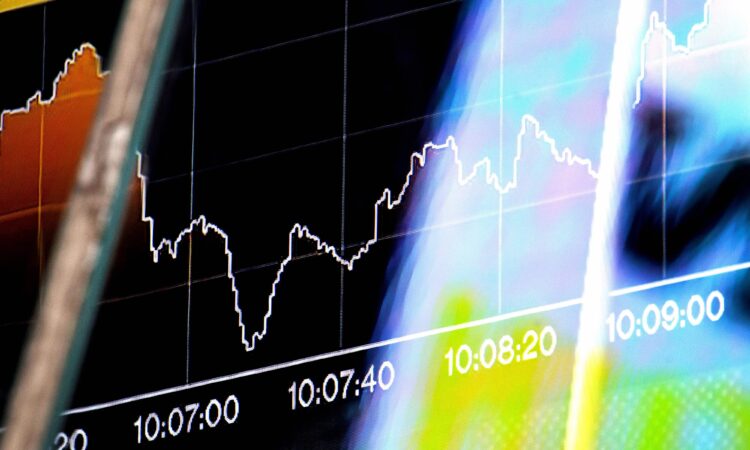
How are thematic indices created?
Thematic indices have proliferated as asset managers identify new trends that they believe will generate growth. Still, the process of moving from an idea to a rules-based index requires extensive data and analytics.
Investors typically start with an existing index that broadly reflects their opportunity set, then customize it to target theme exposure more accurately.
Market data and investment research guide the process. “You want to answer questions like: Which companies are most involved in this secular growth trend? What would this theme look like? What would exposure categories look like?” says Dougherty. “You need to go beyond standard industry classifications and speak with the real industry experts who follow these companies extremely closely to gather their intel and be able to engage that and involve that into our actual theme universes.”
Media coverage can also inform and shape index composition, says Jigna Gibb, Head of Commodity and Crypto Index Products at Bloomberg. “Document search can be critical to developing themes. Clients need the ability to search across research, news, and transcripts to find out what executives, analysts, or reporters are talking about, and what really matters,” says Gibb.
Constructing a thematic index can be an iterative process, involving multiple rounds of back testing and refinement. But to capture evolving opportunities, index construction also needs to happen quickly. Specialized index expertise, AI and machine learning tools, and access to extensive, high-quality data all make the process more efficient and effective.
What’s driving the next generation of thematic indices?
These analytical capabilities fuel product innovation, enabling index providers and ETF issuers to design new strategies around fast-evolving themes such as European defense and national security.
European defense budgets have grown sharply over the last decade, as tensions with Russia rise and European governments increase their commitment to funding their own security. The European Council reports that member states’ defense spending rose to €343 billion ($398 billion) in 2024, up by 19% from 2023 levels and by 37% compared to 2021. At the same time, the nature of defense spending has shifted, as governments increase commitments to technology.
The European Defense Thematic Index reflects changes in the way governments configure their military organizations, employing technologies like AI and unmanned drones as much as traditional hardware like tanks and missiles. Bloomberg’s Global Defense Index currently allocates 77% to industrial companies and 18% to technology firms.
These thematic indices currently track public equities primarily, but as private markets grow, new tools can incorporate them as well. Dougherty explains, “When I think about building a theme, I’m not necessarily looking just at what a company has disclosed. I’m also looking at whether that company invested in any private companies of late? What are those private companies leaning in on? What does that tell me about where they’re expanding their operational exposure or where they might have some inherent exposure to an innovation boost?”
How do Bloomberg solutions power thematic index creation?
Bloomberg supports thematic index creation with advanced analytics and Terminal tools. For instance, the TLTS function avialable via the Terminal can provide powerful insight into the competitive landscape for any given strategy, providing real-time, granular analysis of similar ETFs. Thematic indices with similar names can have significantly different holdings, industry exposures and value/growth characteristics. The TLTS function can easily discern differences, enabling marketing teams to sharpen their sales messages and differentiate their products from competing ETFs.
Bloomberg data resources can also enhance trading efficiency by providing an instant read on liquidity in both primary and secondary markets for thousands of securities. Tools like the ETF Strategy Optimizer enables portfolio managers and traders to efficiently and effectively manage large lists of ETF trades in a single click. The tool can analyze multiple ETFs and their underlying holdings, and quickly identify packages of correlated trades that can minimize market impact.
To see more insights from ETFs in Depth conference, click here and here. To learn more about Bloomberg Thematic Indices, click here.
Insights in this article are based on panels and fireside discussions at the Bloomberg ETFs in Depth event held in London in July 2025.




